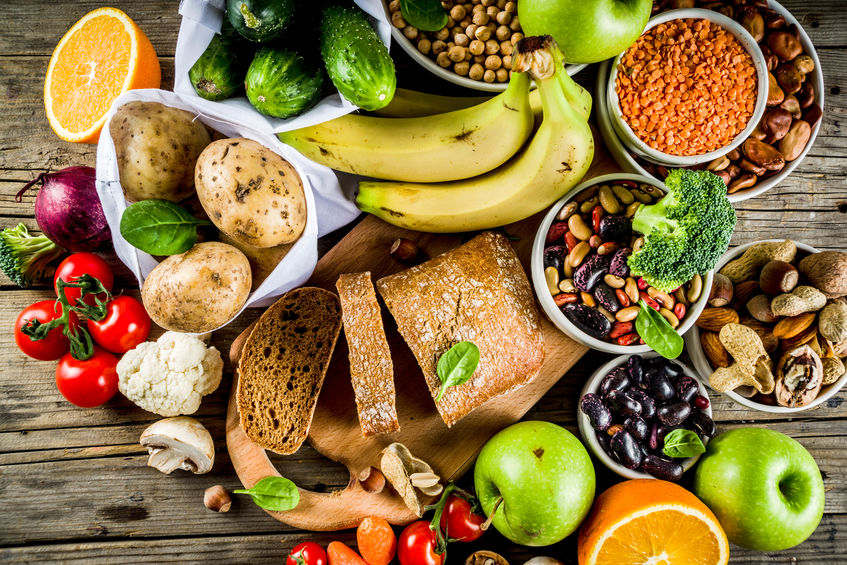Coronavirus stock up list. In the midst of today’s pandemic we never know what will be on the grocery store shelves. Therefore, it has become a necessity to go shopping with a plan and with the intent to stock up when we can.
Social distancing, severe weather, a lack of transportation — each one can keep you from getting to a grocery store, leaving you with precious little to eat. When you’re looking at a near-empty pantry with an oddball collection of remaining goods — like a lonely box of penne pasta or a random can of beans — it’s a sign to prepare differently next time.
Handy Coronavirus Stock Up List
Here’s a handy list you can take to the grocery store courtesy of the Harvard Health Letter. Use this list to stock up on supplies.
Fortunately, it’s not hard to create an emergency supply kit to hold you over until you can get to the store or have someone shop for you.
Important Stock Up Supplies
Lean on nonperishable items if you’re worried about losing power, and add frozen foods if the bigger concern is not getting to a grocery store. Avoid convenience foods like frozen dinners and canned soups, which typically contain excessive amounts of salt, fat, calories, preservatives, and added sugars.
Emily Gelsomin, a registered dietitian with Harvard-affiliated Massachusetts General Hospital advises us to: “Gather a supply of versatile ingredients, so you can prepare healthy meals. Craft a supply of foods from the following categories.
1. Vegetables. Aim to keep a variety of colorful vegetables on hand. Go for frozen broccoli, kale, and spinach; canned spinach or asparagus; and canned carrots, green beans, and tomatoes.
2. Fruits. Get frozen versions of berries, peaches, and cherries, which retain their texture when thawed. Dried fruits like apricots, figs, raisins, and prunes are good options for snacks.
3. Legumes. Beans and lentils are important sources of protein, fiber, and carbohydrates, and they can be the main source of protein in many dishes. At a minimum, stock your kit with a package of dried lentils plus canned peas, garbanzos, and navy beans.
4. Canned meat. Limit canned hams and other cured meats. Instead, use canned tuna, salmon, or chicken as a source of protein.
5. Whole grains. Eat whole grains over refined grains whenever possible. Grab oatmeal, whole-grain crackers, whole-grain breads (which can be frozen), whole-grain pastas, brown rice, and quinoa.
6. Nuts and seeds. These are also good sources of protein and fiber. Make sure your emergency kit includes peanut or sunflower seed butter and packages of walnuts, almonds, or pumpkin seeds.
7. Milks. Cow’s milk is an inexpensive protein source and can be frozen. You can also get a box or two of unsweetened plant milks (such as soy, oat, or almond), which are lower in protein but usually fortified with nutrients, like calcium.
8. Healthy unsaturated fats. Get black or Kalamata olives as well as olive or canola oil, which are great for sautéing food or tossing with numerous ingredients.
9. Soup stock. Include low- or no-sodium chicken or vegetable stock in your supplies, so you can turn any number of ingredients into a delicious stew or soup.
10. Seasonings. Stock your kit with lemon juice, rosemary, garlic powder, oregano, chili powder, cumin, cinnamon, or any others that appeal to you.
Mix and Match Meal Plan
After you’ve done the coronavirus stock up you can keep your diet varied and healthy. Now it’s time to make a meal plan.
Breakfast
For breakfast, consider smoothies made of fruit and milk, topped with nuts and seeds; or cereal or cooked quinoa topped with fruit and milk.
Lunch
For lunch, enjoy whole-grain nut butter sandwiches or whole-grain crackers with tuna or chicken salad. You could also make soup with a few cups of stock and any vegetables, legumes, pastas, proteins, or spices that appeal to you. For example, try (1) navy beans, chicken, green beans, carrots, garlic, and rosemary, or (2) lentils, tomatoes, carrots, garlic, cumin, and coriander.
Dinner
It doesn’t take many emergency ingredients to make a flavorful dinner. For example, remember that lonely box of penne and can of beans? Combine them with sautéed spinach, tomatoes, olives, and garlic for a hearty Mediterranean dish. Other ideas include
- whole-grain pasta, steamed broccoli, and tuna tossed with olive oil, garlic, and lemon juice
- canned salmon (flavored with lemon juice) and asparagus over quinoa
- canned chicken served over whole-grain rice mixed with cooked peas, almonds, raisins, cumin, cinnamon, and pumpkin seeds.
How Much Do You Need?
That depends on your circumstances, but maybe start with a few days’ worth of supplies. The foods we’ve listed will all keep for about 10 months to a year. Take inventory periodically. Keep a running grocery list of things you need. So if you have to use items from your supplies, you’ll know to replace them.







